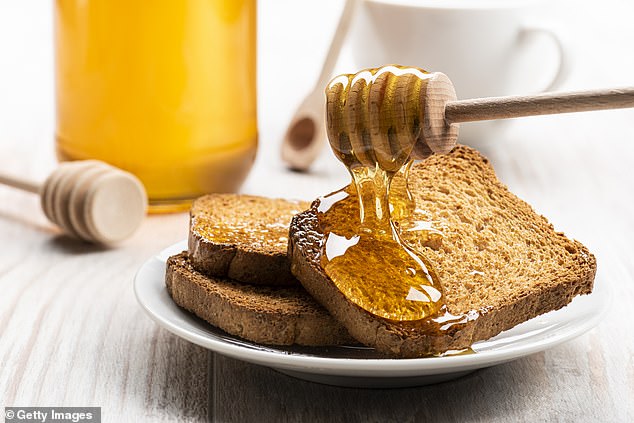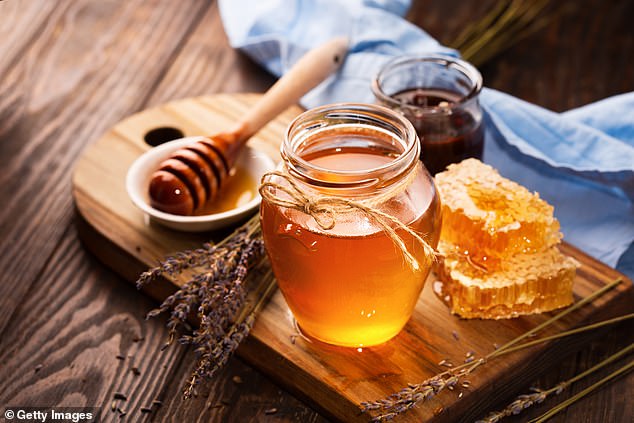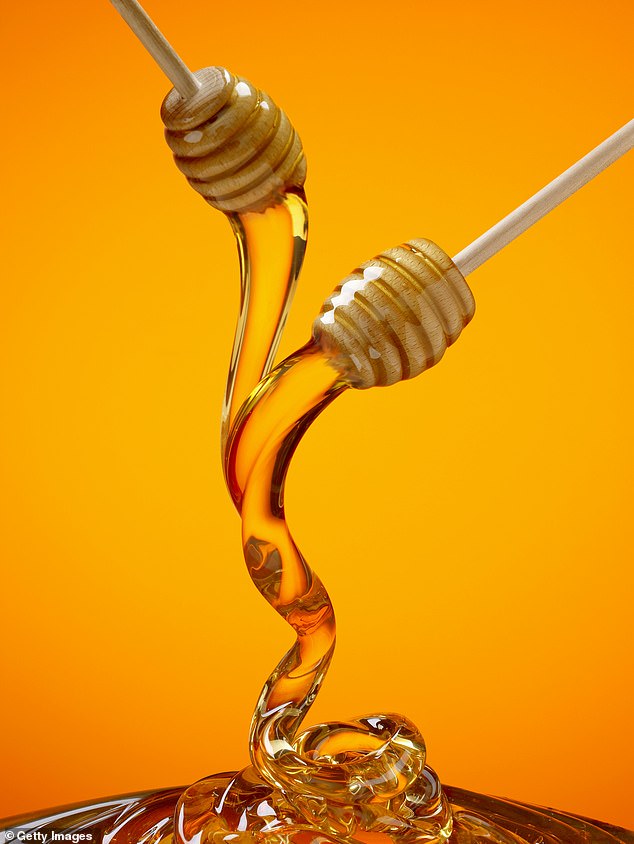Drizzled over porridge, spread on toast or mixed into tea, honey is a British breakfast staple.
We consume 43,000 tons a year, or at least we think so, because it turns out that most of the honey sold in this country is fake.
Nine out of ten honey products on UK supermarket shelves are not what they claim to be, according to alarming new research, which found so-called “honey” jars have been filled with cheap sweeteners such as rice syrup and sugar beet.
And it is not the first time this has happened.
Last year, an EU investigation found that almost half of 147 honey samples, including ten from the UK, were “fraudulent” and contained something other than the pure honey indicated on the ingredient list.
Nearly £90 million of the sweet substance is imported into this country each year, most of it from China and Türkiye.
Once here, the fake honey (usually a small amount of real honey mixed with cheap rice, corn or sugar beet syrups) is relabeled to trick buyers into buying it.
In some cases, the bees themselves are fed sugar syrup, which also dilutes the final product.
The British consume 43,000 tons a year, or so we think, because it turns out that most of the honey sold in this country is fake.
Not only are we paying too much for it, but fake honey provides none of the benefits of real honey, and experts say it could even be harmful to your health.
“The right honey has incredible health benefits, especially when applied topically,” says Julie Macken, an Oxfordshire beekeeper, who runs natural skincare brand Neve’s Bees.
‘Helps with the healing of wounds, pimples and sore throats. Many people are aware that a tablespoon a day helps allergies; the theory is that it is the local pollen in the honey that helps. It would take a real honey to make this work.’
Other health-boosting effects of real honey include boosting metabolism, lowering cholesterol, and aiding digestion. Counterfeit bottles, on the other hand, offer nothing more than a dose of sugar.
Registered dietitian Nichola Ludlam-Raine, author of How Not To Eat Ultra-Processed, says the influx of fake honey is concerning.
“From a nutritional perspective, it’s important to remember that honey is still classified as a free sugar, just like table sugar, meaning it is absorbed quickly and can contribute to excessive calorie intake,” she explains. This is even worse if your jar of honey contains added sweetener.
So how can you tell if your honey is fake? First, Julie says, read the fine print on the package.
“Always look at the label, even those with pretty pictures of the English countryside or statements supporting British beekeeping,” he says.

Nine out of ten honey products on UK supermarket shelves are not what they claim to be, according to alarming new research
“Most honey, also from the big brands, comes from blends from many countries (China, Kenya and Mexico) and not from English wildflowers.”
Don’t be fooled by the words ‘Packaged in the UK’. All of this means that the honey, wherever it originally came from, has been packaged and labeled here.
Try to buy British or local honey, with the location of origin clearly indicated on the packaging. And avoid jars that mention honey from “a mix of non-EU countries.” This is almost certainly false.
Buying directly from a grower, independent retailer or farm shop also means you are more likely to get the real product. Nichola suggests looking for “reputable brands and trusted suppliers who have quality checks.”
If you prefer to buy honey at the supermarket, nutritionist Ella Rauen-Prestes, founder of healthy bakery Fitbakes, says you should always buy organic honey.
“Organic products go through a higher level of control and British honey is more controlled than imported honey,” he adds.
Look at the price too. At my local supermarket, jars cost from just 75p (for basic own-brand liquid honey) to £4.20 (for pure organic wildflower honey).
Sugar syrups are up to six times cheaper than real honey (rice sugar, for example, costs between 30 and 50p per kilogram to import throughout Europe; honey costs £1.93), so if their honey is cheap, it’s probably fake.

So-called “honey” jars have been filled with inexpensive sweeteners such as rice syrup and sugar beet.
If you’re still unsure, Ella suggests three quick and easy home tests that will give you an indication one way or another.
“Heat it (in a saucepan on the stove): fake honey will bubble or burn, while real honey caramelizes,” he explains.
‘Second: pour a little honey into a glass of water. The fake honey will dissolve, at least partially, while the real honey will settle to the bottom of the glass.’
Finally, you can see what happens over time: if left in a cool, dark place for several months, real honey will naturally crystallize, harden, and develop a grainier texture. “Fake honey,” Ella says, “no.”


